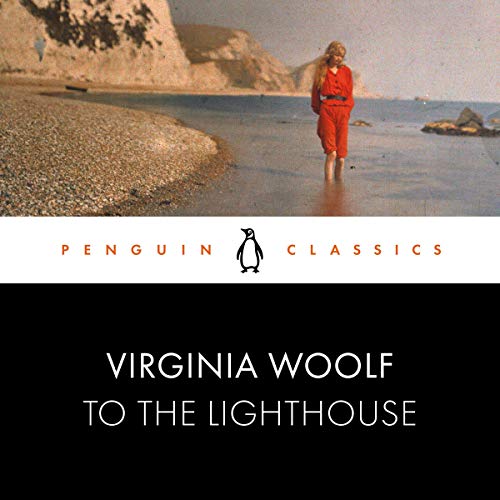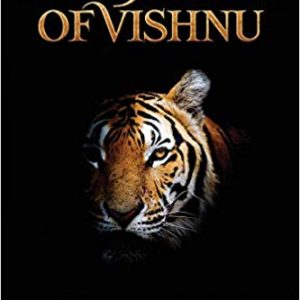One day, in To The Lighthouse, we, along with Mr. Ramsay, wake up to realize that Mrs. Ramsay ‘has died rather suddenly the night before.’ And as the book’s narrator observes, Mrs. Ramsay is just a form from which life has parted. But this form was also alive at some time in the past – a form which her son, James, believed was ‘ten thousand times better in every way than Mr. Ramsay was’. But what kills Mrs. Ramsay? – a reader would never know. The mystery died with Mrs. Ramsay, and it permanently died with Virginia Woolf. Yet, upon a closer reading, one wonders if Mrs. Ramsay’s feminine traditionality (in the face of the modern world of the 1920s) is the probable cause of her death – metaphorically as well as literally?
1920s England – women finally won the right to vote, was the time of blazing second wave feminism. With women entering jobs, education, science – 1920s was the time of the ‘new woman’, i.e., a woman who preferred her independence over the traditional ideals of femininity (marriage, children, household). By contrast, Mrs. Ramsay, a 1920s woman herself, takes interest in all the traditional ideals of femininity – she is a big advocate for marriages, she always likes having a young one in her hands, and she eagerly looks after her household. In a nutshell, Mrs. Ramsay is an odd woman out. She does not fit into the modern mould of a modern woman.

Woolf’s handling of Mrs. Ramsay, however, is not conventional. Mrs. Ramsay is not the villain of the modern world; she is the victim – the victim of the Great War (like millions of others). Having lived the traditional lifestyle for most of her life, she finds herself exposed to the modern world suddenly, making it altogether difficult for her to adapt. As a result, she does not find literature interesting (much to her husband’s dismay), she dislikes the vogue of young people being against marriage (much to Lily’s confusion), she does not understand the widespread societal fragmentation (so she unintentionally oversteps boundaries), and she never stops being a wife and a mother (eventually rendering her identity passive). But none of it makes Mrs. Ramsay the villain of the modern world. She is just an utterly conflicted, thoroughly misinterpreted, and an unacknowledged presence in the book. Nobody listens to her, nobody understands her, nobody knows her. Thus, Mrs. Ramsay seems as unapproachable as the lighthouse itself – very isolated, and very unappreciated.
Moreover, the only accomplishment Mrs. Ramsay seems to have (as per other characters) is her beauty. She is the epitome of traditional feminine grace – with her enrapturing beauty, dedication towards her husband, good enough fertility to produce 8 children, and above all, her silent acceptance of the patriarchal system she is trapped within. So, although, her hair is now gray, and her cheeks are sunken, she is still beautiful enough to mesmerize Mr. Tansley so profoundly that he feels a sense of immense pride just by walking beside her. But as the time ticks, Mrs. Ramsay’s beauty loses its charm more and more. Eventually, it is lost almost completely. And hardly 20 pages later, the book declares her dead. Because ‘beauty has this penalty – it comes too readily, comes too completely. It stills life – it freezes it.’
In To The Lighthouse, Mrs. Ramsay’s traditionality is contrasted with Lily Briscoe’s acceptance of modern life. Lily Briscoe is the ‘new woman’ of the 1920s. But unlike the popular literary stereotype of woman-hating-woman, Lily does not hate Mrs. Ramsay. As a ‘new woman’, Lily sees her. She not only notices how ‘old’ Mrs. Ramsay looks but also how ‘worn out’ and how ‘remote.’ After Mrs. Ramsay’s death, Lily looks for her, she cries for her, but Mrs. Ramsay is nowhere to be found. Frustrated and dejected, Lily blames Mrs. Ramsay for being the cause of her own death, she blames Mrs. Ramsay for ‘everything.’ Nonetheless, Lily’s blame is not born out of hatred, but sheer pity and sorrow. Lily is sympathetic. More than that, Lily is empathetic. But it is too late. Mrs. Ramsay is already dead.
Hence, through Lily Briscoe, Woolf is attempting to prove that the traditional woman should not die. The book exposes the negligence of the modern world towards the traditional woman. Just how Mrs. Ramsay’s contributions are looked over, she is hardly ever taken seriously, her traditional desires and likings are viewed with scorn – she is ultimately left with nobody but herself. All alone in the rapidly changing modern world, the traditional woman is, thus, left with only two options – she either kills herself or lets time be her killer. Mrs. Ramsay’s death might have happened because of either of these things. Or maybe she died because of gradual psychological corrosion, or an unnamed disease – as readers, we would never know. But what we do know is that Mrs. Ramsay is dead. The traditional woman is dead – presumably not out of choice, but by the lack of empathy, the absence of sympathy, and the burden of her unaccepted traditionality.




